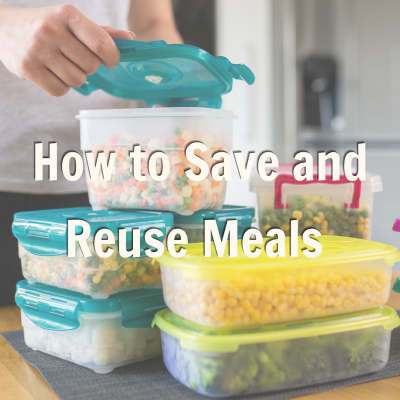
If you have been following along in our series, we have provided tips on planning for meals, shopping for meals and cooking for meals. When preparing food, it’s not uncommon to have leftovers. Using up leftovers not only reduces food waste but also saves money. In this blog, we’ll share safety tips on storing leftovers and ideas for repurposing leftovers into tasty meals.
Storing Leftovers Safely
Fridge:
When storing leftovers in the fridge, place them in a sealable, airtight container. We recommend using a clear container for easy identification. Refrigerated leftovers must be eaten within 3-4 days. Even if food does not show signs of spoilage, it can still be growing bacteria that is not visible or does not smell. This is why it is important to label the container with the food item and the date. For more information check out the Food Hero Older Adult Monthly on Food Safety.
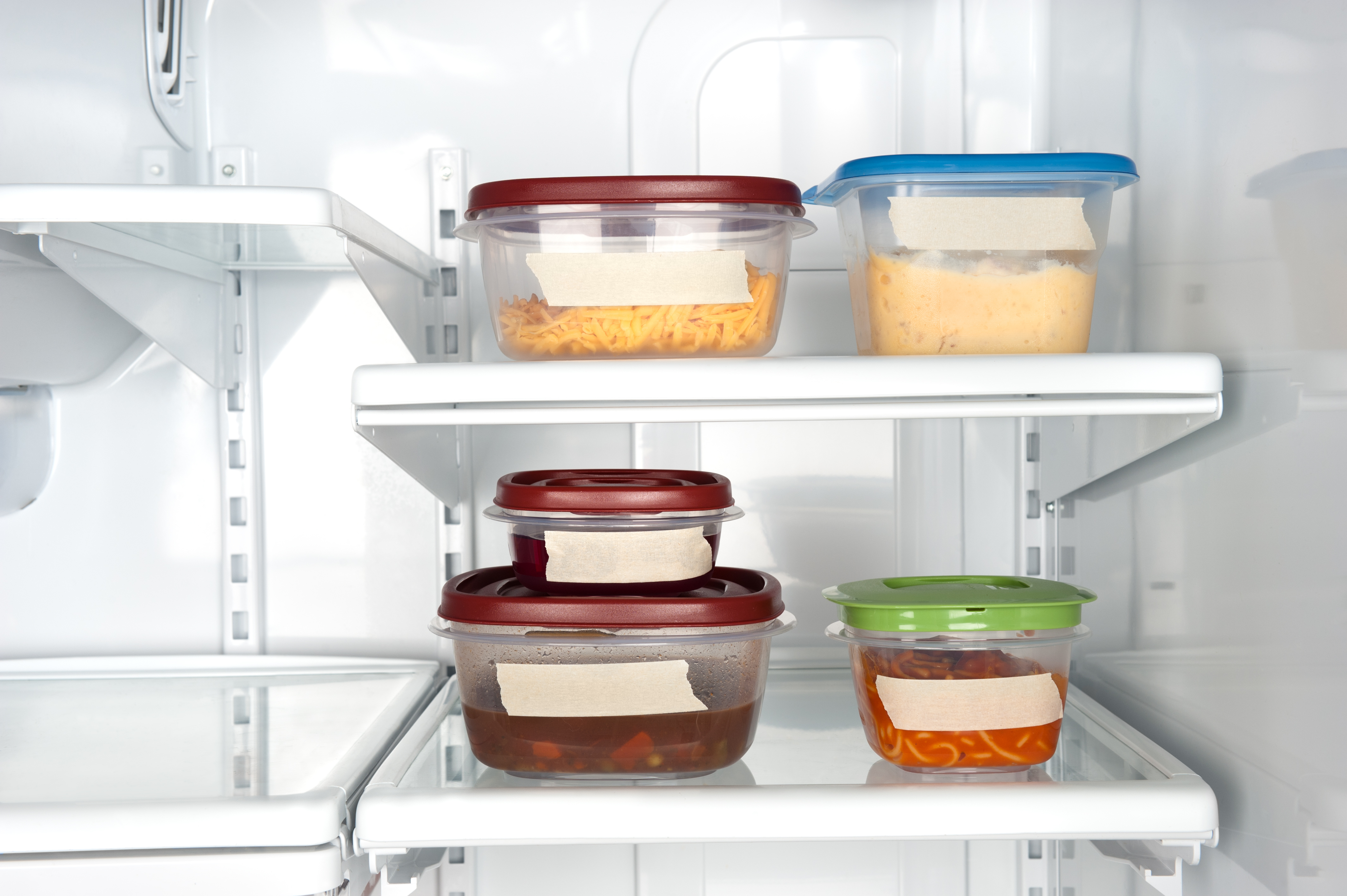
Freezer:
Leftovers must be frozen within 3-4 days after they are prepared. Store leftovers in glass or plastic containers and remove as much air as possible before freezing. Label the freezer item with the date, type of food and recommended storage time. Store for the recommended times listed below:
- Cooked fish: 1-2 months
- Stuffed chicken breasts, pork or lamb: 1-3 months
- Chicken nuggets and patties: 1-3 months
- Cooked poultry and poultry dishes: 2 months
- Cooked turkey: 2-3 months
- Cooked meat and meat dishes: 2-3 months
- Cooked pork: 2-3 months
- Soups and stews: 2-3 months
- Casseroles: 2-4 months
- Cooked ground beef: 4 months
- Cooked whole grains: 2-6 months
- Frozen fruit: 8-12 months
- Frozen vegetables: 8-12 months
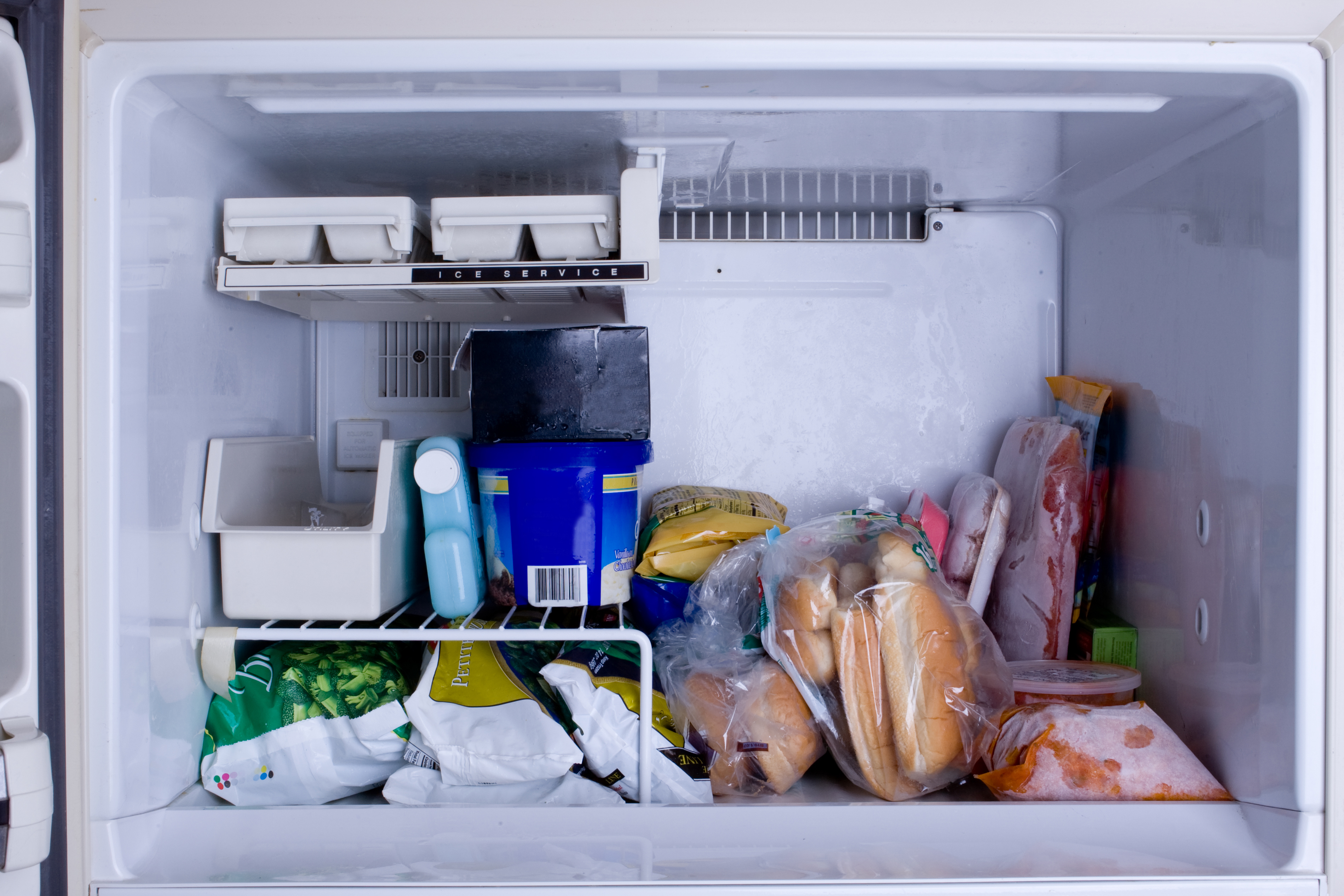
Tips:
- Refrigerate or freeze perishable food within 2 hours of preparation. Perishable food left out for longer than 2 hours causes bacteria to multiply.
- Divide large portions into smaller, shallow containers (3 inches or less) for quick cooling and easy reheating.
- For more information, check out https://www.foodsafety.gov/.
Thawing Leftovers Properly
When you are ready to use your frozen leftovers, it is important to also reheat them properly. Not only can this reduce cooking time, but it helps to ensure your food is safe to consume.
- Thaw in the refrigerator. This method requires up to 24 hours, so plan ahead. If you don’t use up the leftovers, refreeze the food within three days of thawing.
- Thaw in cold water. This method is faster than refrigerator thawing, but it needs more care. Make sure food is in a leakproof container. Change the water every 30 minutes. Food must be cooked before refreezing when using this method.
- Thaw in the microwave. This method takes the least amount of time, but food must be cooked immediately after thawing. Use a food thermometer to ensure the food reaches 165 degrees F. If needed, the leftovers can be refrozen after they’ve reached this safe temperature.
- Thaw during cooking. Short on prep time? This method involves reheating leftovers without thawing them first. Put the frozen food directly onto the grill, pan or microwave-safe container. Do not use this method with a slow cooker. Any frozen food you want to put into a slow cooker should be reheated thoroughly before mixing it with other ingredients. For more information, check out the Food Hero Monthly on Slow Cookers.
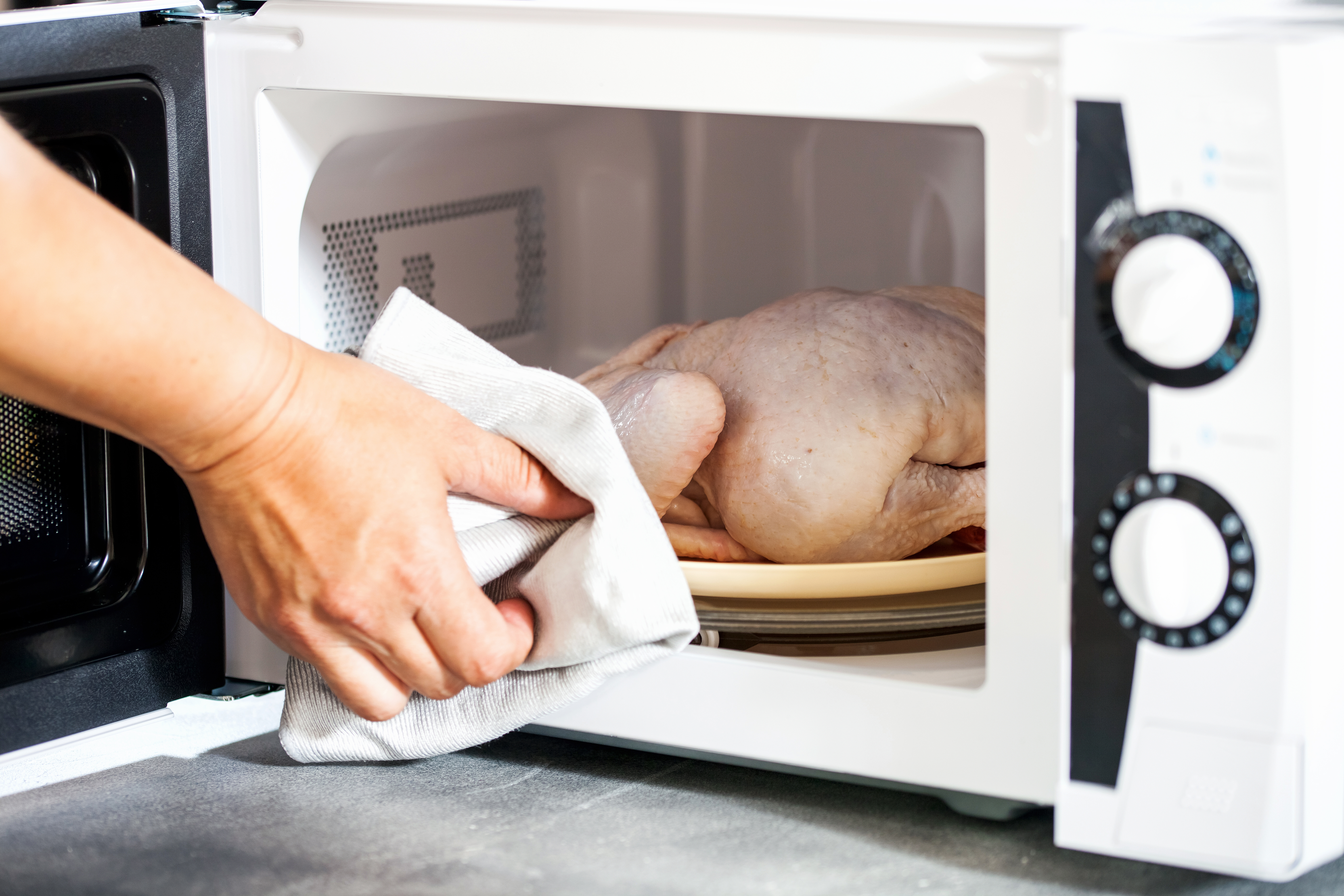
Note: reheat all food to an internal temperature of 165 degrees F. This can be checked with a food thermometer.
Cooking creatively with leftovers
You have stored your leftovers and thawed them properly, and now you may be wondering what to do with them. Here is some inspiration for using your leftovers!
- Use leftover chicken in Chicken Soup with Tortilla or Chicken and Dumpling Casserole.
- Use leftover beef in Beef and Broccoli, Quick Lasagna and Garden Sloppy Joes.
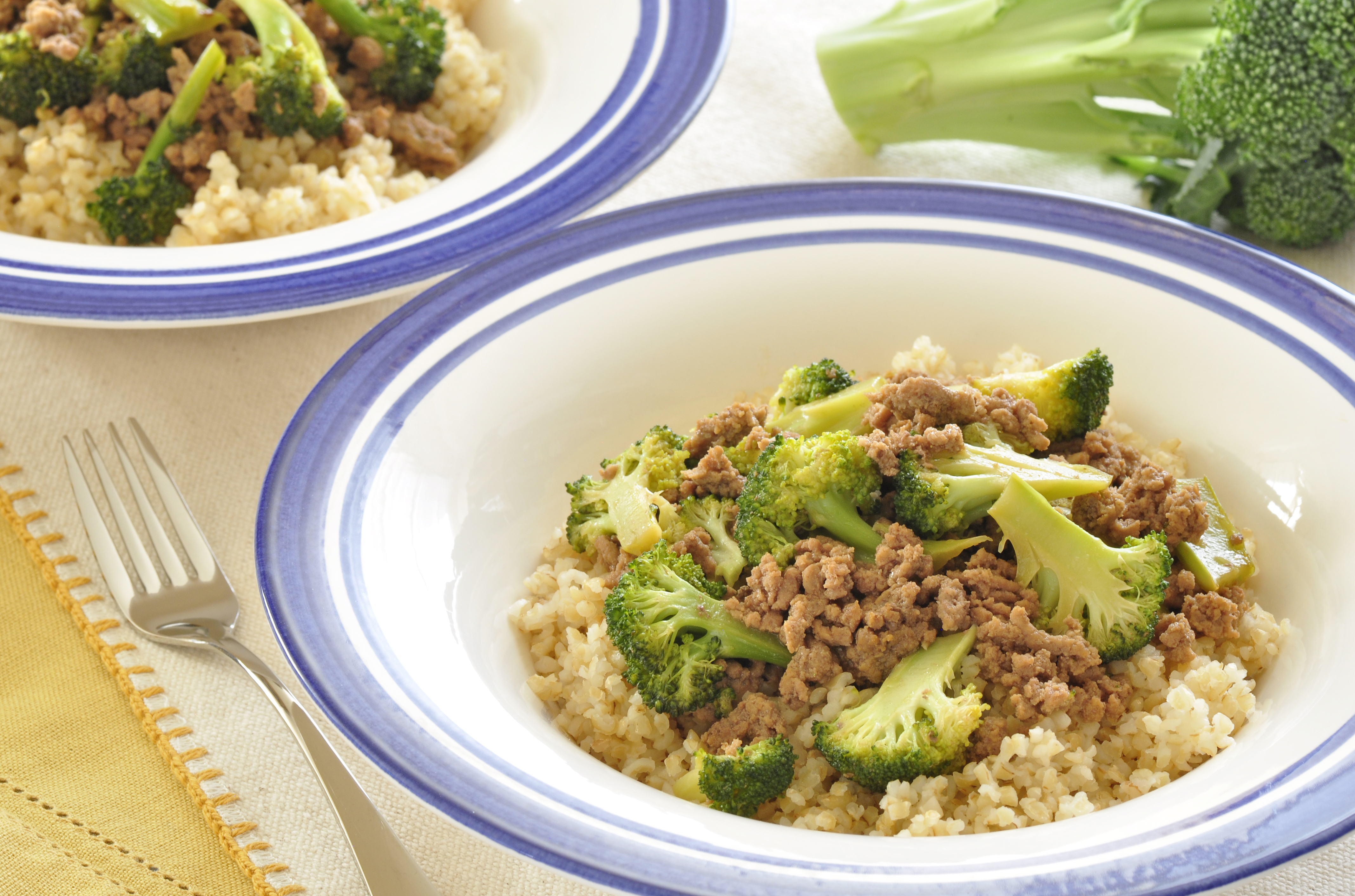
- Use overripe or frozen fruit in smoothies like Banana Berry Smoothie or Frozen Fruit Yogurt.
- Use leftover rice in Veggie and Egg Rice or Almond Rice Pudding.
- Use leftover turkey in Turkey Ginger Rice Lettuce Wraps or Baked Meatballs.
- Use leftover vegetables in Mix and Match Vegetable Chowder or Vegetable and Rice Skillet Meal.
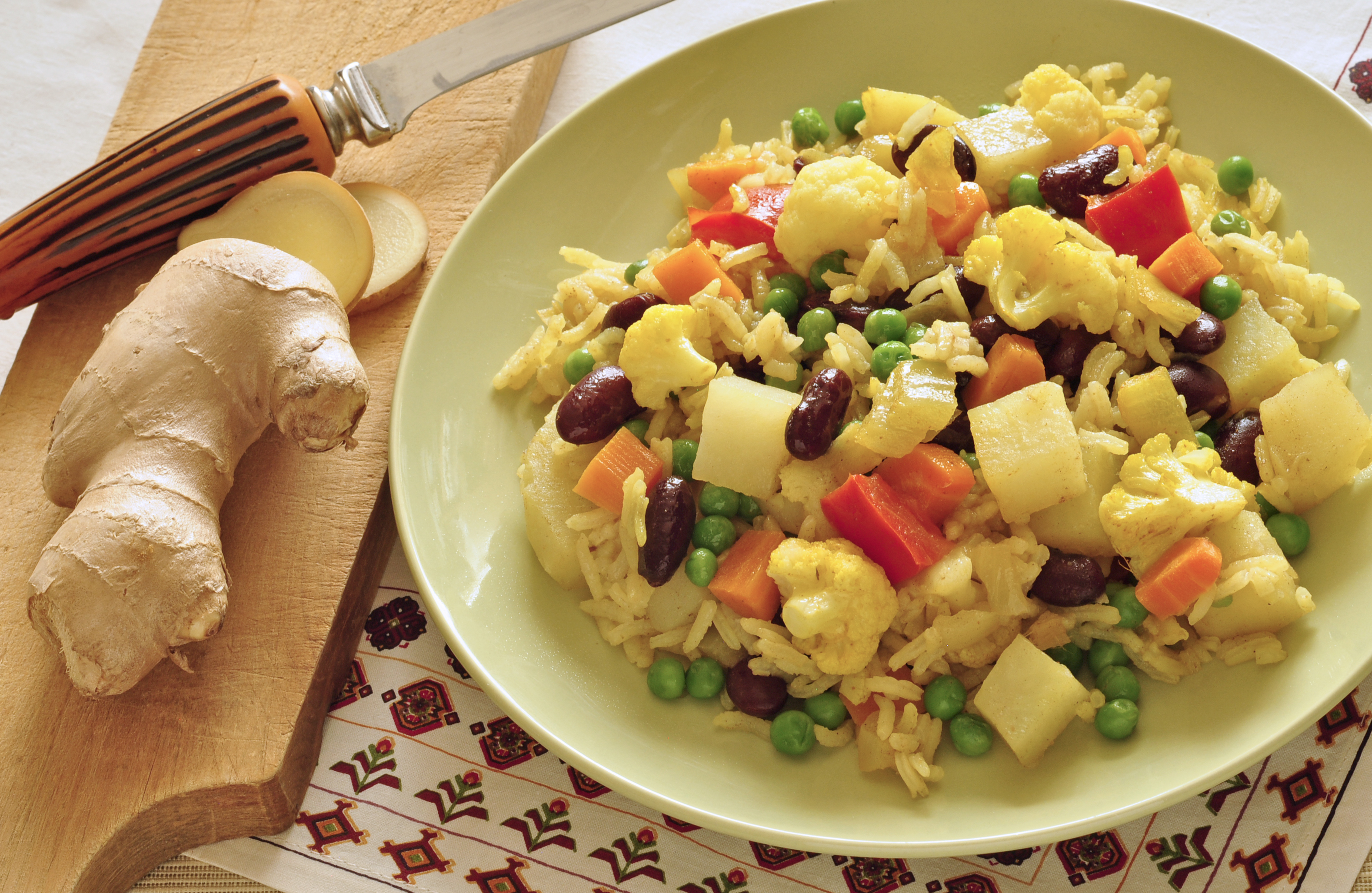
- Use leftover mashed potatoes in Superhero Shepherd's Pie.
- For more ideas, use Food Hero’s Ingredient Search Tool.
We hope you enjoyed our blog series to plan, shop, cook and reuse meals! Let us know what you think using the feedback form below and let us know what topics you’d like to see next!




